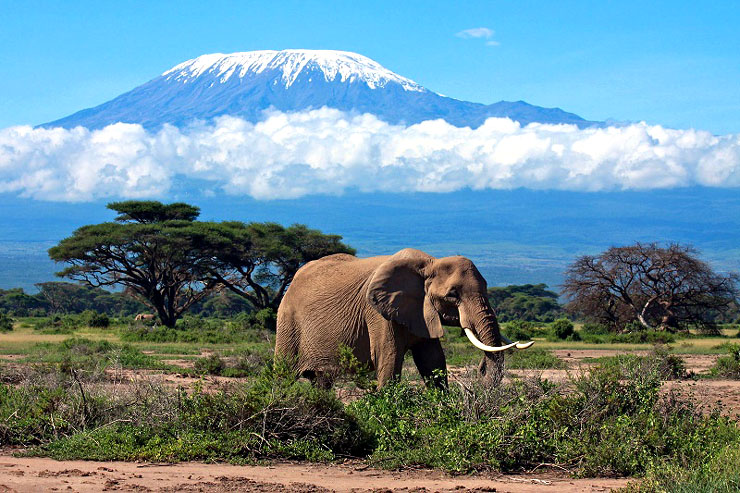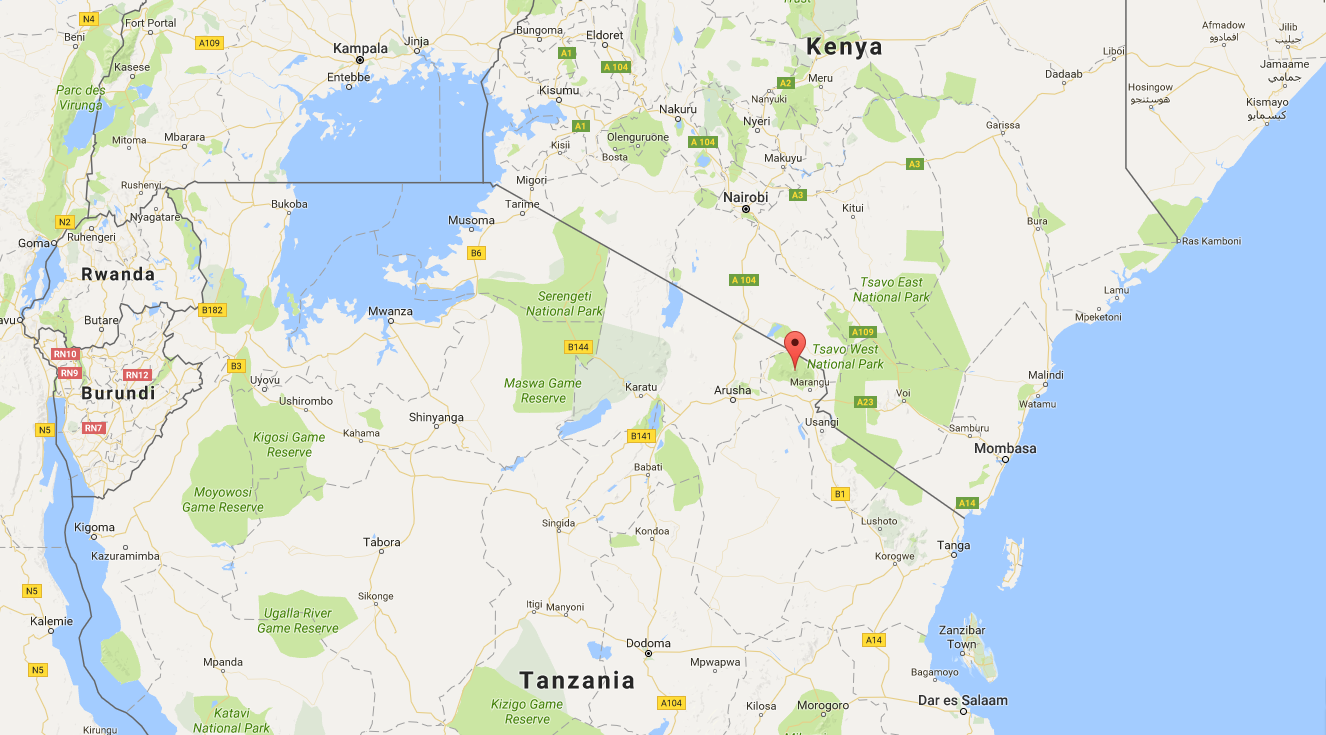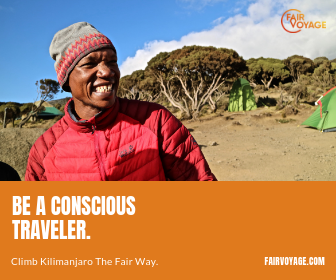If you are wondering where the location of Mount Kilimanjaro is, you’re not the only one. Many people confuse it thinking that Kilimanjaro is located in Kenya, but actually, Mount Kilimanjaro is a volcanic mountain located in Tanzania, East Africa. Also popularly known as the Roof of Africa, the gigantic sight measures 5,895 meters or 19,340 feet above sea level. This makes it the tallest freestanding mountain in the world and attracts many professionals as well as amateurs who want to climb Kilimanjaro.
Freestanding means that Kilimanjaro is not located as a part of any mountain range (non-massif) but rises independently amidst an otherwise rather plane expanse of land. As such, on clear days, it can be seen from many miles away. In fact, situated in the north-eastern part of the country close to the long Kenya-Tanzania border, Mt Kilimanjaro forms the backdrop of many a Kenyan safari picture. Many travellers often combine their Kilimanjaro climb with a safari in Kenya or Tanzania to make the best of both experiences. It’s not only Mt Kilimanjaro’s symmetrical shape as a volcano, but also its ice-capped summit amidst and otherwise warm climate only 200 miles south of the equator, that makes the Kilimanjaro location such a picturesque sight.

Snow-capped Mt Kilimanjaro (© global-make-money.com)
Do not expect to encounter wildlife like elephants or giraffes while climbing the mountain. Most of those famous safari pictures were either taken from Kenya’s Amboseli National Park in the north, or Kenya’s Tsavo National Park towards the east of where Mt Kilimanjaro is located. Consequently, the mountain is sometimes erroneously attributed to Kenya. At quick look at the map, however, confirms its location in Tanzania.
Like much of Tanzania’s most remarkable natural heritage, the Mount Kilimanjaro location is unique and the area is a protected nature reserve with its own designated area and management, the so-called Kilimanjaro National Park. lt bestrides a surface area of 100 kilometers long and 65 kilometers wide. Also the tallest mountain in Africa, its summit features three major volcanic cones—Shira, Mawenzi, and Kibo. It is the latter, Kibo cone, that rises the highest into the air, that is capped by ice and—at times—snow, and which attracts so many tourists—both climbers and photographers alike. “Uhuru”, a Swahili word that means “freedom”, is the highest peak of this natural marvel.
Besides attracting visitors from all over Africa, in particular South Africa, Kilimanjaro is also one of the most toured places worldwide. The mountain’s inconstant weather patterns are primarily influenced by an interaction of different trade winds, with the wettest season occurring between March and May. As a result, the pinnacle is mostly snow-capped despite its proximity to the equator.
Finally, Mount Kilimanjaro’s location is not very far from Serengeti—the largest terrestrial mammal migration site in the world—which increases the areas global attraction as an important tourist destination.
Why not explore for yourself? Get inspiration for your Kilimanjaro adventure or book an authentic wildlife safari with a responsible tour operator via Fair Voyage—the #1 booking platform for ethical climbs and sustainable tourism in the Kilimanjaro area.








